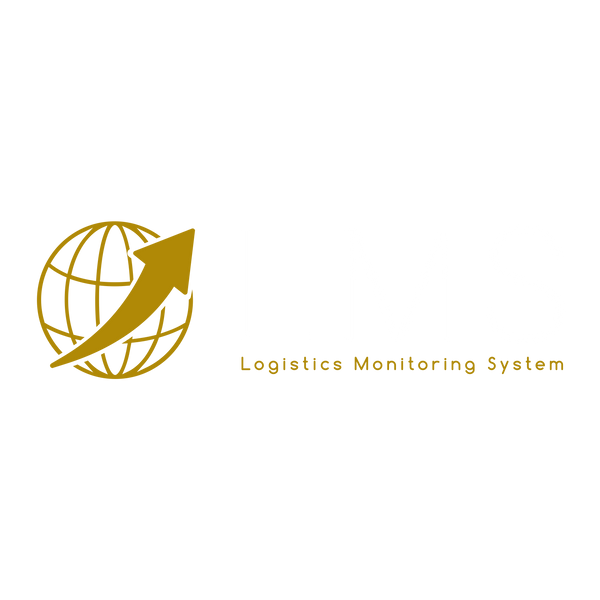Test Changes
Give customers details about the banner image(s) or content on the template.
Multimedia collage
Example product title
Regular price
R 19.99 ZAR per Month
Regular price
Sale price
R 19.99 ZAR per Month
Unit price
/
per
